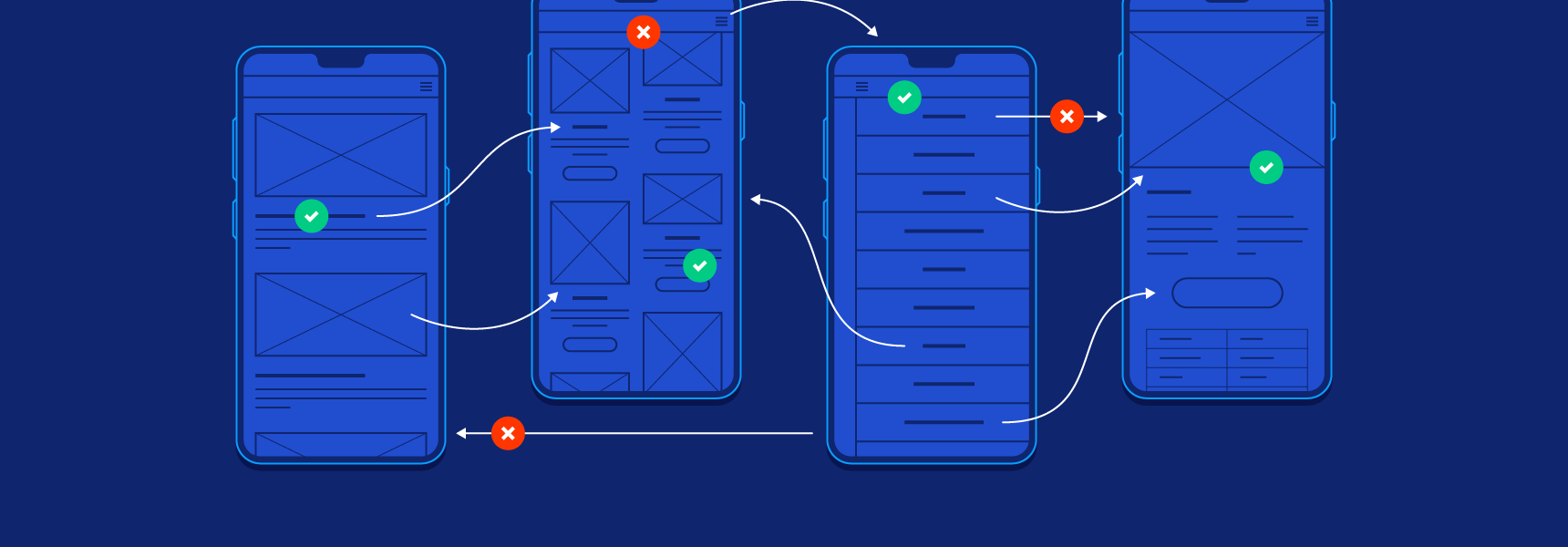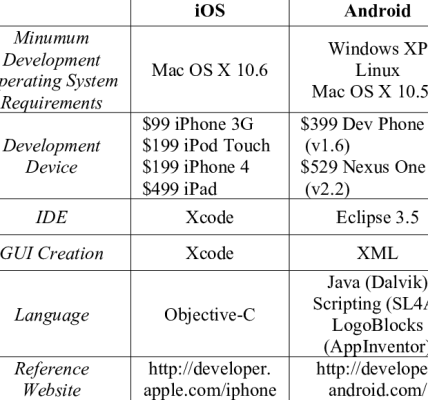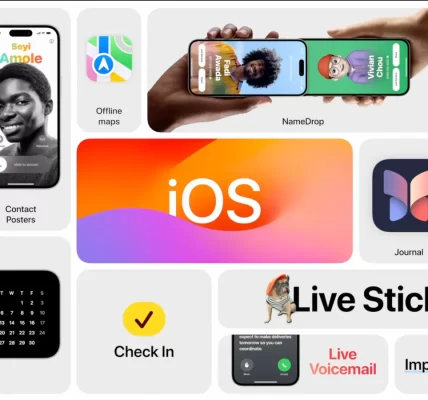=
Designing user interfaces for iOS requires a keen understanding of Apple’s design principles and user experience guidelines. With millions of users navigating iOS applications, adhering to best practices ensures an intuitive and visually appealing experience. This guide explores key considerations and best practices in user interface (UI) and user experience (UX) design for iOS, helping designers create engaging and user-friendly applications.
1. **Embrace Apple’s Human Interface Guidelines (HIG):**
– Familiarize yourself with Apple’s Human Interface Guidelines. These guidelines provide essential insights into design principles, navigation patterns, and interaction behaviors that contribute to a consistent and seamless iOS experience.
2. **Prioritize Consistency Across the Platform:**
– Maintain a consistent visual language and interaction patterns throughout your application. Users should feel a sense of continuity as they navigate between different sections and screens. Consistency enhances usability and user familiarity.
3. **Understand the Importance of Typography:**
– Choose legible and balanced typography. iOS encourages the use of the San Francisco font, ensuring clarity and readability across various devices. Pay attention to font sizes, line spacing, and hierarchy to create a visually appealing and accessible design.
4. **Optimize for Different Screen Sizes:**
– Design with responsiveness in mind to accommodate various iOS devices and screen sizes. Utilize Auto Layout and Size Classes to ensure your UI adapts seamlessly to the diverse range of iPhones and iPads.
5. **Prioritize Touch-friendly Elements:**
– Design touch-friendly elements, considering the average size of fingertips. Buttons, icons, and interactive elements should be large enough to tap comfortably, promoting a frustration-free user experience.
6. **Utilize Apple’s Design Patterns:**
– Leverage established design patterns provided by iOS, such as tab bars, navigation bars, and modal views. These patterns align with user expectations and contribute to a cohesive and intuitive navigation experience.
7. **Emphasize Visual Hierarchy:**
– Establish a clear visual hierarchy in your design to guide users through content and actions. Utilize varying font sizes, colors, and spacing to emphasize important elements and facilitate a smooth user flow.
8. **Integrate Gestures Naturally:**
– Integrate gestures in a natural and intuitive manner. Leverage common gestures like swiping, tapping, and pinching for interactions that feel inherent to the user experience. Provide visual cues to guide users on available gestures.
9. **Prioritize Accessibility:**
– Design with accessibility in mind to ensure your app is usable by all. Consider factors such as contrast, font size, and VoiceOver compatibility. Test your design using the Accessibility Inspector to identify and address potential issues.
10. **Optimize for Dark Mode:**
– Support Dark Mode, introduced in iOS 13, to provide users with a visually comfortable experience in low-light environments. Design alternative color schemes and test your app’s readability in both light and dark modes.
11. **Use Native UI Components:**
– Leverage native iOS UI components provided by UIKit. Native elements ensure consistency with the platform’s design language and contribute to a seamless integration with the overall iOS experience.
12. **Streamline Onboarding and Permissions:**
– Design a user-friendly onboarding experience and clearly communicate the benefits of granting permissions. Request permissions when necessary and explain how access to certain features enhances the user experience.
13. **Test Across Devices and iOS Versions:**
– Regularly test your designs across different iOS devices and versions. This ensures that your app performs optimally and maintains a consistent user experience for a broad audience.
14. **Seek User Feedback:**
– Encourage user feedback and iterate on your designs based on user input. User testing and feedback can uncover insights that enhance the overall usability and appeal of your iOS application.
15. **Stay Updated with Apple’s Design Trends:**
– Stay informed about the latest design trends and updates from Apple. Regularly check for new guidelines and design principles to ensure your app aligns with the evolving standards of the iOS platform.
Conclusion:
Designing for iOS involves a meticulous approach that combines aesthetic appeal with functionality and usability. By adhering to Apple’s Human Interface Guidelines, prioritizing consistency, optimizing for different devices, and embracing user-centric design principles, designers can create iOS applications that provide an exceptional user experience. Regular testing, user feedback, and staying attuned to design trends contribute to the ongoing refinement and success of iOS app designs.








